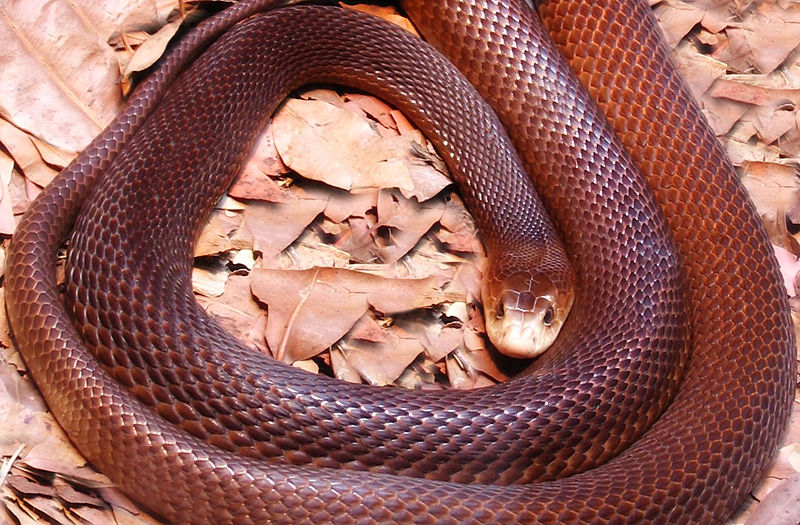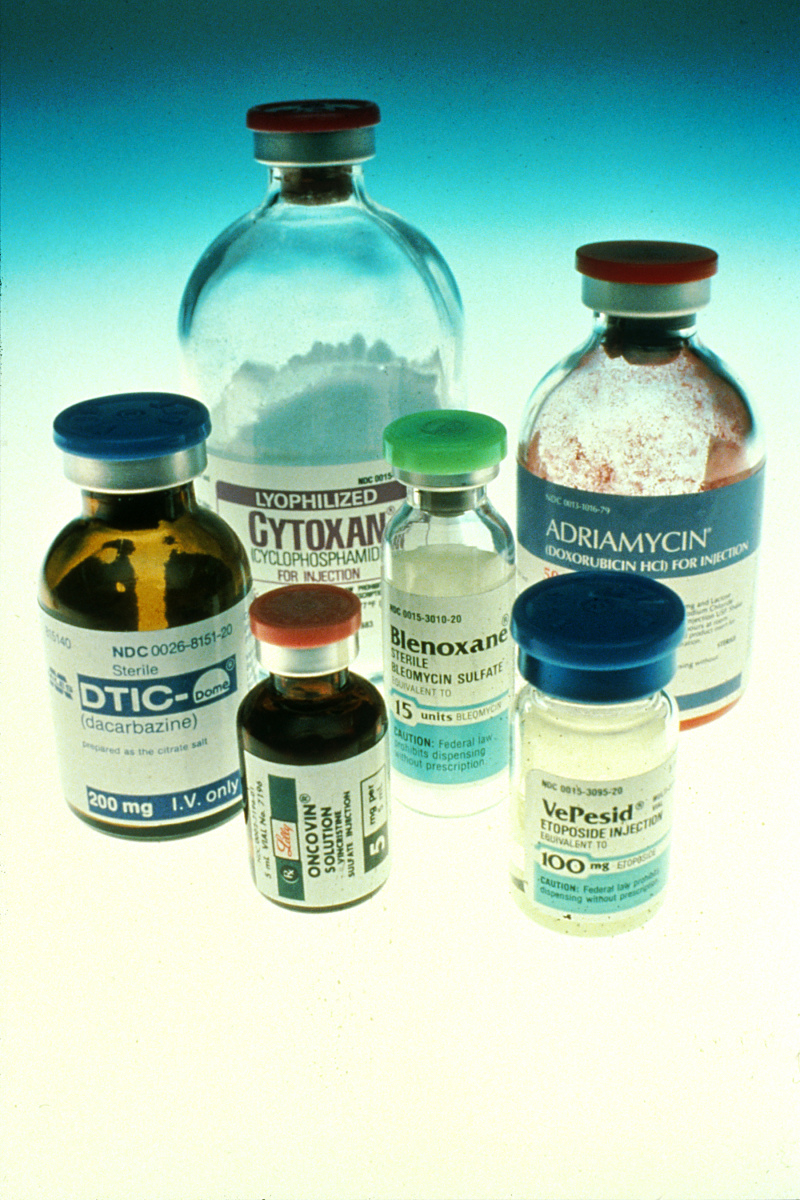Planet Earth - Anti-Venom Medications
Interview with
Robert - I'm just going to open the cage. The snake just bit the microphone! You can see how very, very alarming that sound is.
Sue - Indeed! But even in daylight, the snakes inside Liverpool's Venom Unit are scary. Get too close and as Nicholas Casewell explains, your chances of survival are slim.
Nicholas - The venom that they have is incredibly potent, they've got a really -  so when they're injected into your blood stream can really do horrible damage to your body. So, you can have effects such as bleeding, you can bleed from your eyes and from your gums, you can have what we call tissue necrosis where your tissue actually dies, so you will often see that when people are bitten on their feet or on their hands, the tissue eventually turns black and this can often lead to amputations. And then the snakes that are actually here, the mambas, for example, these are what we call neurotoxic snakes. When they inject their venom they stop their prey moving and that's how they are able to eat them and they do this by injecting their venom which actually stops the animals from breathing so they get paralysed.
so when they're injected into your blood stream can really do horrible damage to your body. So, you can have effects such as bleeding, you can bleed from your eyes and from your gums, you can have what we call tissue necrosis where your tissue actually dies, so you will often see that when people are bitten on their feet or on their hands, the tissue eventually turns black and this can often lead to amputations. And then the snakes that are actually here, the mambas, for example, these are what we call neurotoxic snakes. When they inject their venom they stop their prey moving and that's how they are able to eat them and they do this by injecting their venom which actually stops the animals from breathing so they get paralysed.
Sue - Rob, you're the head of unit here, are the snakes representative from one area in particular?
Robert - We primarily have a focus on the snakes here from Africa because we're trying to do something about the snake bite problem in Africa.
Sue - How serious a problem is snake bite in Africa?
Robert - It's very serious and it's been estimated that at least 32,000 people die every year from snake bite. And also, there has been something like 8,000 to 9,000 amputations as a result of snake bites. In some areas of Africa, particularly the rural savannah areas it is not unusual to have hospitals where 7 out of 10 patients are snake bite victims.
Sue - The snakes are collected from Africa and brought to Liverpool where the venom is extracted and sent to anti-venom manufacturers in Wales and Costa Rica. Small subtoxic doses in animals then generate an immune response so that antibodies can be collected to make an anti-venom.
Nicholas - The anti-venom that you use is specific to the species of snake that was used to make the anti-venom and this is really the problem that we have with anti-venom production that we haven't been able to produce say, an anti-venom that works against every species. There are some anti-venoms which were made where you used the venom on multiple species to make the anti-venom.
Sue - A sor t of one bite fixes all, cures all?
t of one bite fixes all, cures all?
Nicholas - Kind of, that's right. But the problem is then that the anti-venom is specific to three venoms, say, for example. And this is a problem because it means that whichever snake you're bitten by, the antibodies are only specific to a third of that and that means that you need three times the dose of your anti-venom which of course if far more expensive for people, particularly poor people, it also brings in some potential safety issues as well because large amounts of anti-venoms can cause problems.
Sue - So how do you improve the anti-venoms that are available then?
Nicholas - Well one thing that we're looking at doing here in Liverpool is trying to improve the use of an anti-venom against more than just the species that it was used to make that anti-venom. And we've been looking at saw scaled vipers, which are quite small African snakes - up to 80% of all the deaths in Africa are by saw scaled vipers. So what we've looked at doing is in the laboratory we've been looking at testing the anti-venom that exists against West African saw scaled viper venom and we've been trying to see whether this would also work against other sort of scaled vipers from, say, North Africa and East Africa, and we were really surprised and delighted to find out that it did work in the laboratory and we've been able to show that we can prevent lethal effects of this venom with the anti-venom use for West Africa and that's really important because it means that we can look at expanding the use of the anti-venom from one small geographic region to a much larger region, and that's good for patients, and it's also important for the anti-venom manufacturers because it increases the demand for their product and that means that they can reduce the cost to poor people.










Comments
Add a comment